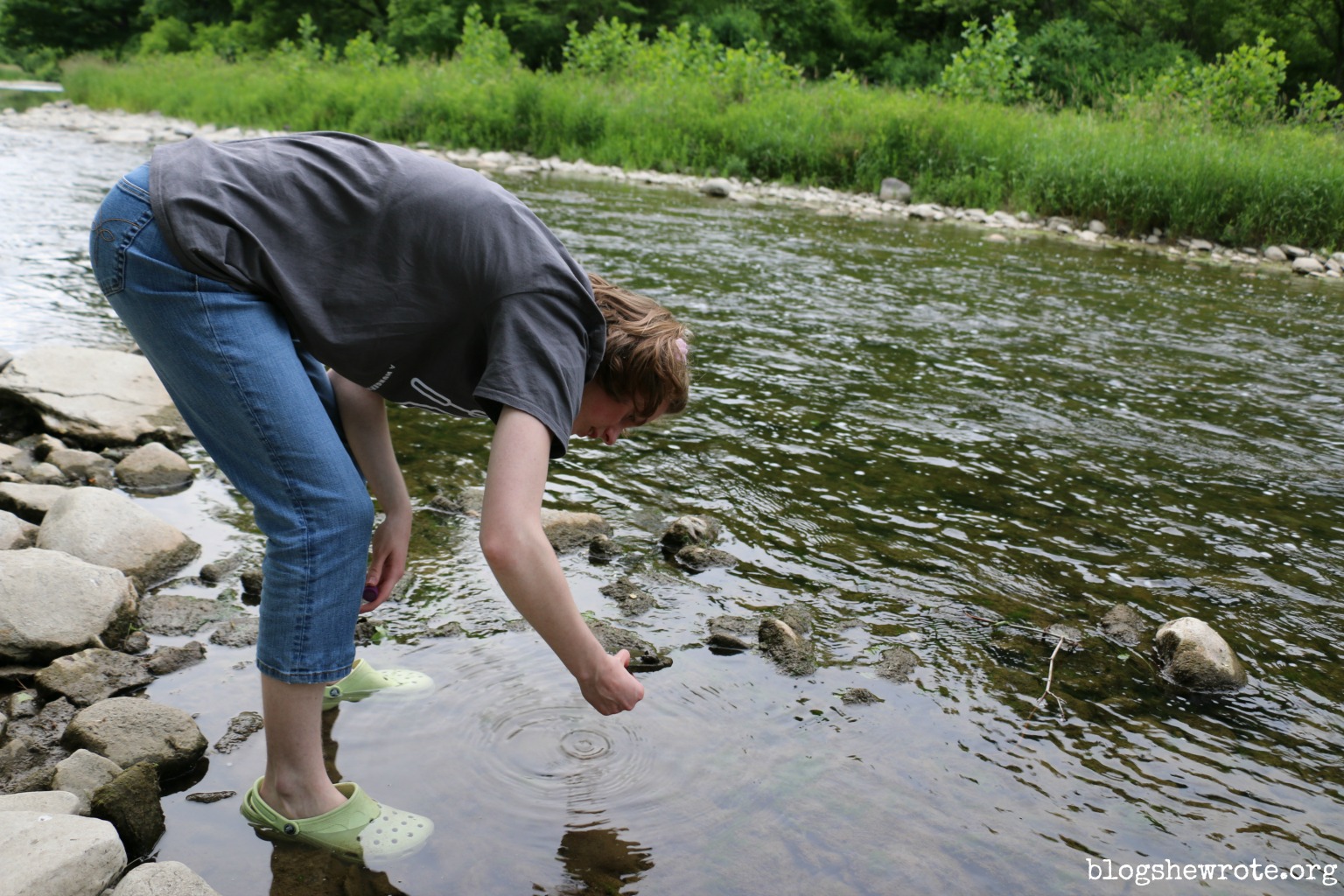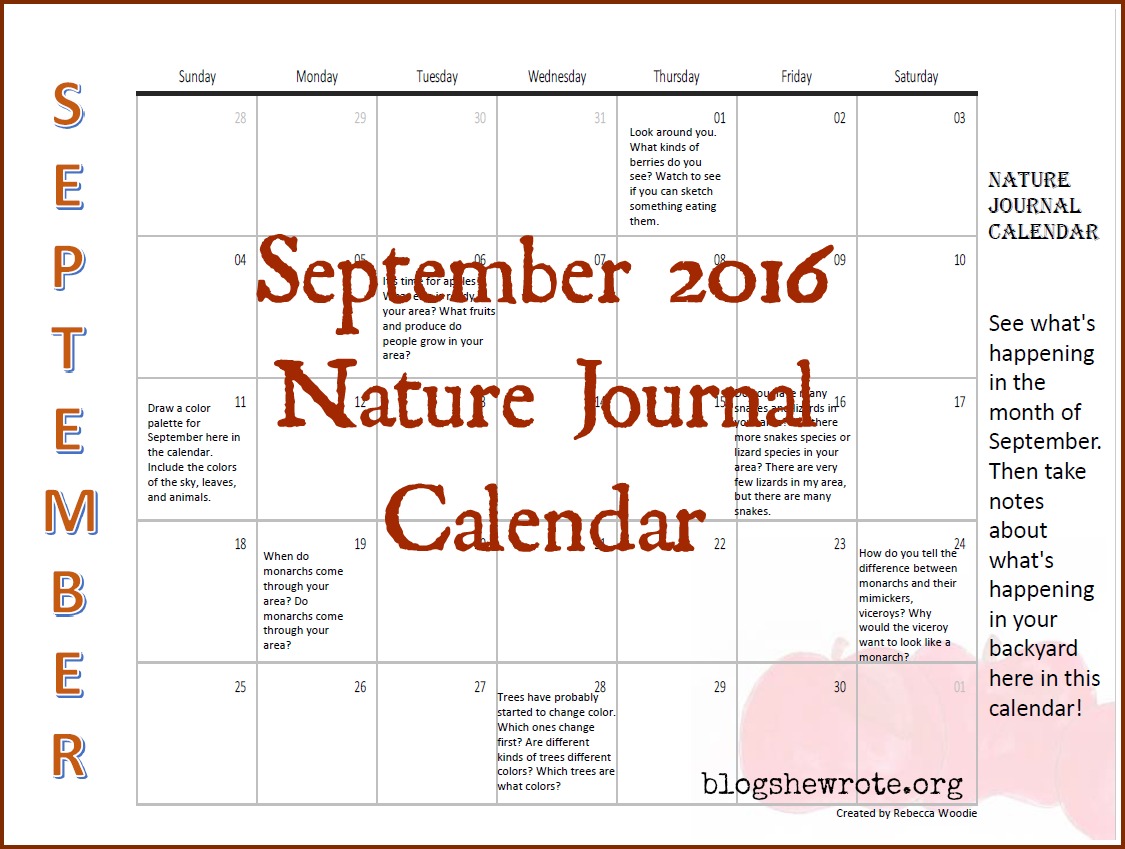Visiting Natural Habitats in the Fall
- September 19, 2016
- By Heather Woodie

Here in the Northern Hemisphere, we are edging closer to the start of autumn. In the Northeast, we can expect some significant changes as the season wears on. Nature is beginning to prepare itself for the long, cold winter. It’s a great time of year to get out with your children and observe what’s happening.
Ponds & Creeks
If you can visit a creek or a pond, you’ll get to see different types of plants and animals than live in the meadows away from the water. Be sure to wear appropriate foot gear, in case you get wet. Always supervise young children near water.
- Notice the plants at the water’s edge. How do they grow? Do they have roots?
- Name animals that live in the water.
- How are the creeks and ponds different? Does this difference support different animals and plants?
- Observe the water- if you have a microscope you can look at what’s in the water magnified. Some digital microscopes even allow you take video and still pictures of what the microscope is seeing.
Meadows
Grassy meadows are easy to find and provide plenty to enjoy.
- Observe the plants- which wildflowers are in bloom?
- Look for birds flying overhead- some birds migrate south for the winter in groups.
- Make a list of animals you see
- Think of where animals might make their homes
- Notice the insects- if you like to collect them, try netting a few over flowers in the heat of the day.
Woods
This one is probably our favorite. Every time you go, you can see something new even in a very familiar spot.
- Look for new plants and trees- how do the trees change in the fall? Do they all change?
- What animals live in the woods? Try and be quiet to see some of them scurry around you.
- Find animal tracks and identify what animals they belong to.
Other Ideas for Nature Observations
Taking regular nature walks can be a lot of fun for your family and an easy way to include fitness in your homeschool or classroom. Here are some ideas for nature activities outdoors:
- Look for animal homes- if you can’t see them, where do you think they bed down?
- Name ways which animals are suited for the place they live.
- Collect leaves or parts of plants from each habitat and start a collection.
- Observe changes to what you see in the fall.
- Find the animals which are staying for the winter and make a list of the ones you don’t see which have left before it gets cold.
- Are the leaves changing color where you live? Why do they turn and fall off the tree?
- Tell what the plants and animals are doing to prepare for the winter.
- Choose a location to visit once each month in September, October, and November. Look for differences each month in the same spot.
- Keep track of the length of days over the next month. How does the amount of daylight change? By how much?
- Take along a field guide and try to identify organisms you don’t know.
- Try out a dichotomous key which allows you to use observable traits to narrow down choices and leaves you with what is left for identification.
- Draw your observations in a nature journal. Here is an example of a horticulture journal that my daughter keeps.
- Collect animal tracks by making a cast with plaster of Paris. You can even get animals to walk through a mold you prepare. We’ve done this!
- Take a peek at our Nature Journal Calendars for more ideas on how to keep nature study simple.
Remember there are no hard and fast rules to follow about how to enjoy your time outside. If your kids are young, simply talk as you walk. As your children grow, introduce them to more information and go to new places. If you choose to make a collection of any kind, the one rule to follow is not to take specimens from national and state parks or refuge spaces.
Getting outside with your kids is one of the best ways to spend your time as a homeschooling family or class. It doesn’t require special plans- just the willingness to explore.
Visiting Natural Habitats in the Fall | Heather Woodie
